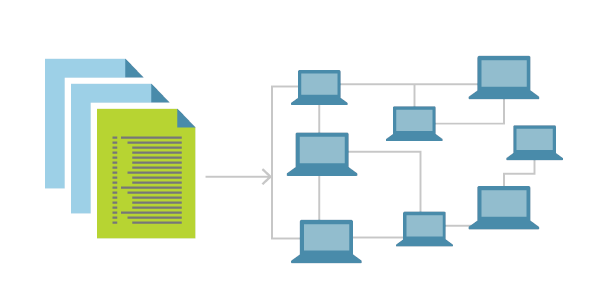More Trends in Full-stack Development (Cloud Architecture)
Intro:
2022 has been a year of breakthroughs and changes in the tech space. We are seeing higher adoption rates for new technologies, and cheaper ways to implement them across increasingly varying industries and services. This means there are more trends than ever to keep up to date with, especially for full-stack developers in 2022.
Here are some of the top trends Poeta has been taking a look at, and having our own developers to keep up with, specifically within the cloud computing space.
Let’s take a look!
Cloud migrations:
Often known as Life-and-shift migrations, Cloud migrations refers to the process of migrating an existing application or workload to the cloud. By utilizing this service, you are able to increase the scale and performance of an existing application, enhance the security, and reduce the running costs without having to refactor your underlying infrastructure - leading to a quick and relatively inexpensive update process.
By utilizing services like AWS application migration service, you can launch a non-disruptive testing procedure to ensure that your most critical applications such as SAP, ORACLE, or SQL Server will work seamlessly, allowing you to automate modernization on all of your migrated applications. Get in touch with Poeta to learn more about how we can move your existing applications to the cloud.
Infrastructure as code:
Also known as IaC, Infrastructure as code refers to the management of infrastructure (networks, virtual machines, load balancers, and connection topology) in a descriptive model, using the same versioning as DevOps team uses for source code. According to Microsoft, this is similar to the principle that the same source code generates the same binary, an IaC model generates the same environment every time it is applied (2022).
Infrastructure as Code evolved in order to solve problems such as environment drift in release pipelines, and enables DevOp's teams to test their application in production-like environments very early in the development cycle, allowing them to efficiently adapt the applications and perform effective QA as they develop. This allows teams to quickly deliver stable environments to scale with their applications, prevent runtime issues, and avoid missing dependencies. This is a really important trend to watch as we move forward.

Serverless applications:
Utilizing serverless computing enables developers to build applications more efficiently, by eliminating the need for them to manage their own infrastructure. Serverless applications are utilized by cloud service providers such as AWS or AZURE to automatically provide, scale, and manage the needed infrastructure to run the applications code.
Serverless applications are not actually devoid of a server, like the name suggests, but the tasks associated with infrastructure provisioning and management are not available or visible to the developer. This approach better enables developers to increase their focus on business logic and deliver products faster and more efficiently, and allows organizations to further optimize resources and workflows.
Hybrid Cloud Computing:
A hybrid cloud effectively is a combination of on-premises infrastructure and a public cloud system. Hybrid clouds allow data and applications to move easily between the two environments. Some organizations may choose a hybrid cloud approach because of business imperatives that require them to meet regulatory or data sovereignty requirements, meaning they can take full advantage of on-premises technology investments and address low latency issues.
Like most cloud systems, hybrid cloud is evolving, including the ability to include edge workloads. Edge computing bring the computing power of the cloud to IoT devices (the internet of things) to where the data resides. By moving workloads to the edge, your devices spend less time communicating back and forth with the cloud, reducing latency, and are even able to operate reliably when offline for extended periods.
Conclusion
This blog is a continuation of our last blog, so give it a read if you found this topic interesting. Poeta Digital always stays up to date on upcoming trends, and as certified AWS partners, we are always prepared for the needs of our clients in the cloud architecture space.
If you have any questions or ideas, get in touch today, we would love to chat.
Thanks for reading!